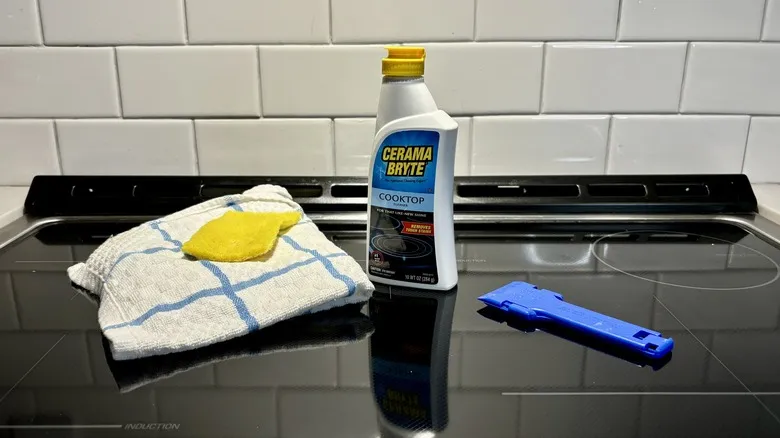Tools you need
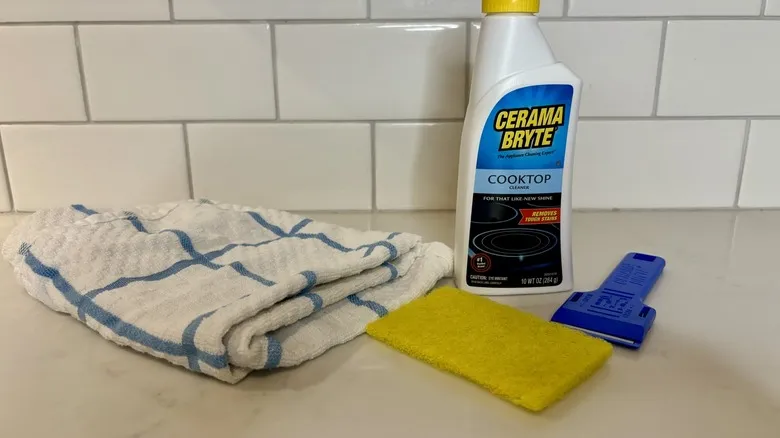
To begin, the best approach for cleaning your glass stove top is to use a specialized cleaner from brands like Weiman or Cerama Bryte. It's important to choose the version that comes in a squeeze bottle. The cleaner is typically white and has a slightly gritty texture. This fine grit not only helps eliminate baked-on food but also assists in buffing out minor scratches, resulting in a smooth, clean surface. If you prefer not to purchase a specialized cleaner, Bar Keepers Friend can provide similar results.
You may also need a cleaning razor to gently scrape away stubborn, cooked-on food. Ensure that the razor is clean and sharp to avoid scratching the glass. Additionally, you'll need a sponge; make sure it is specifically designed for glass tops or labeled as scratch-free, as many abrasive sponges can cause scratches.
Lastly, have some high-quality paper towels or a soft microfiber cloth on hand to avoid leaving behind any lint or threads.
Tools to avoid
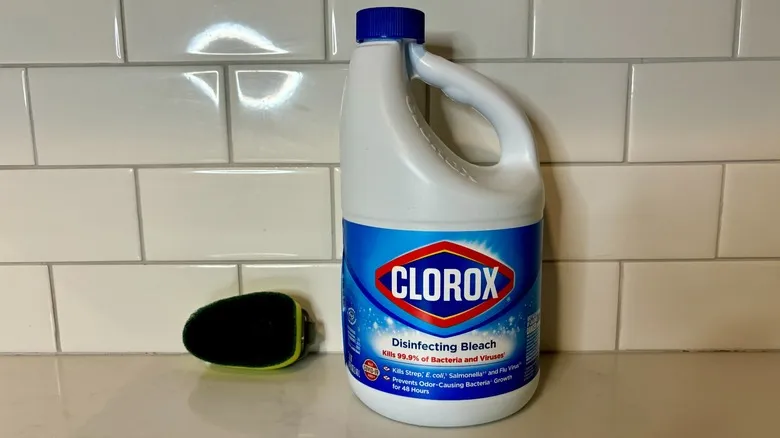
Equally crucial as the tools you should use are the ones you should avoid. It's essential to stay away from harsh and rough sponges—no steel wool, for instance. Don't settle for any random kitchen sponge; ensure it’s soft enough to keep your kitchen spotless.
Moreover, steer clear of extremely harsh, abrasive cleaners like bleach. There’s a delicate balance between effective cleaning tools and those that can cause damage. Abrasive cleaners can scratch the surface of your stove.
Step 1: Sweep off debris
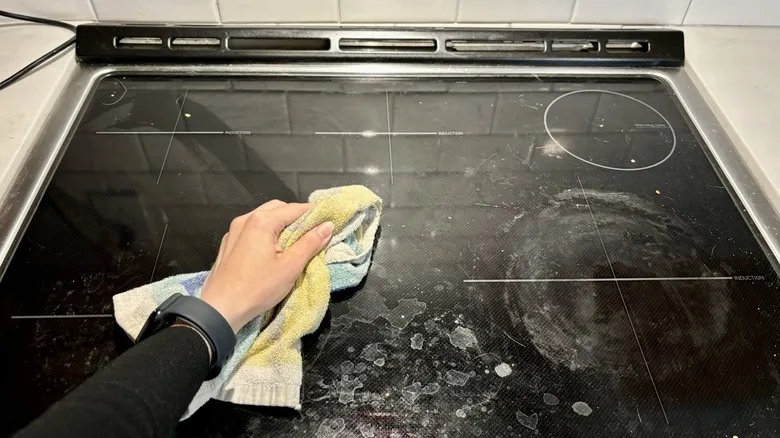
Regardless of how cautious you are, cooking will always result in food ending up on the stove. Take a dry cloth and wipe away any stray crumbs. Ensure that there are no remaining loose food particles on the surface.
Step 2: Scrape and soak off burned food
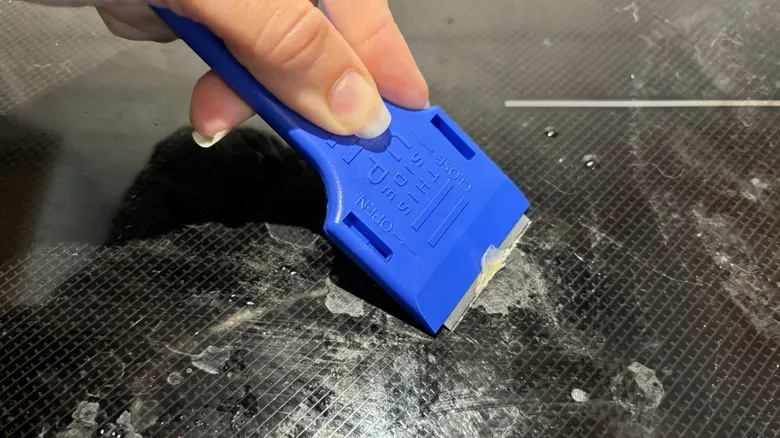
If there are any large pieces of hardened food residue, gently scrape them off with your razor. For tough, burnt-on spots, soak them with water to help loosen the grime. This method is useful even if you don’t have a razor. Allow the water to sit for a few minutes, then return and wipe it away with a soft cloth. Ultimately, ensure that all significant debris is removed.
Step 3: Apply your cleaner
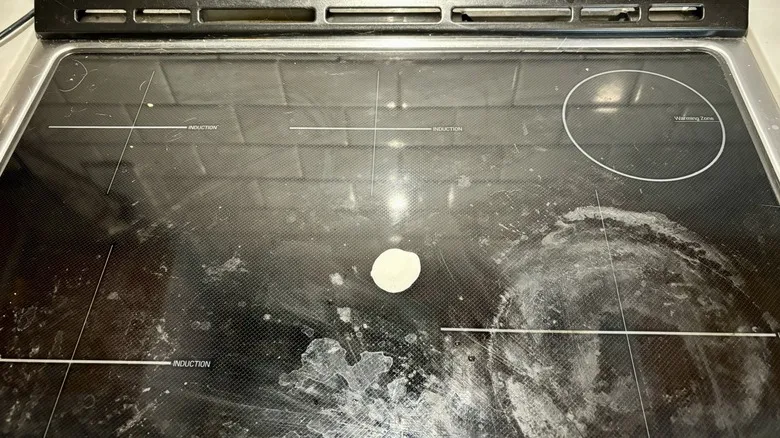
Next, use your cleaner as directed by the manufacturer. Our instructions suggest using a quarter-sized amount of cleaner, as a small quantity can be quite effective. Additionally, some bottles may need to be shaken before application.
Step 4: Scrub the surface
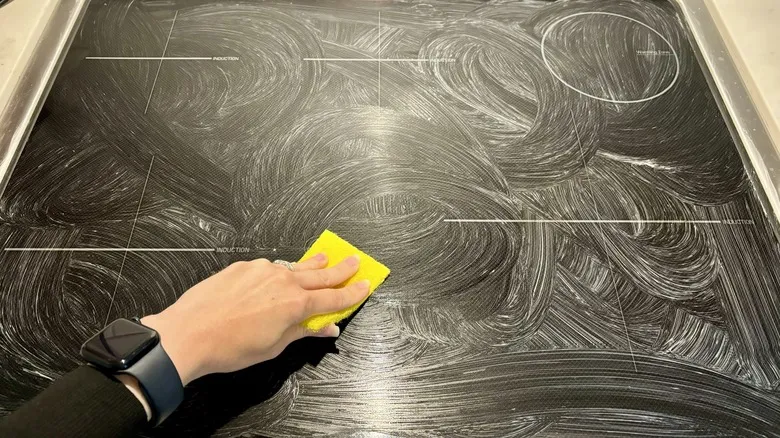
Clean your glass stove top using a sponge. Start with large circular motions, then switch to smaller circles in specific areas. When the cleaner is applied, it can be difficult to spot fine stains, like pot rings. If you're aware of which burners you use most frequently, concentrate on those spots and give them some extra attention. Depending on the severity of the stains, this process may take some effort. Continue scrubbing until all the dirt is removed.
Step 5: The final wipe down
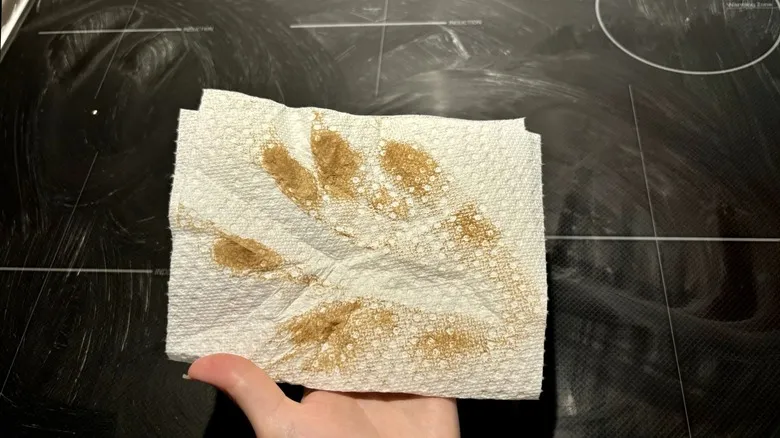
To finish, clean your glass stove top using a paper towel or a fresh washcloth. If your stove is especially dirty, you might require an extra paper towel or washcloth. If you spot any areas that remain dirty, go over those spots again with the previous two steps, and then wipe them down once more.
Additionally, when applying a glass top cleaner, there’s no need to rinse it off with water. As you buff the surface, the cleaning solution will be absorbed. Introducing water at this stage will only dilute the cleaner and reduce its effectiveness.
How often should you clean your stove?
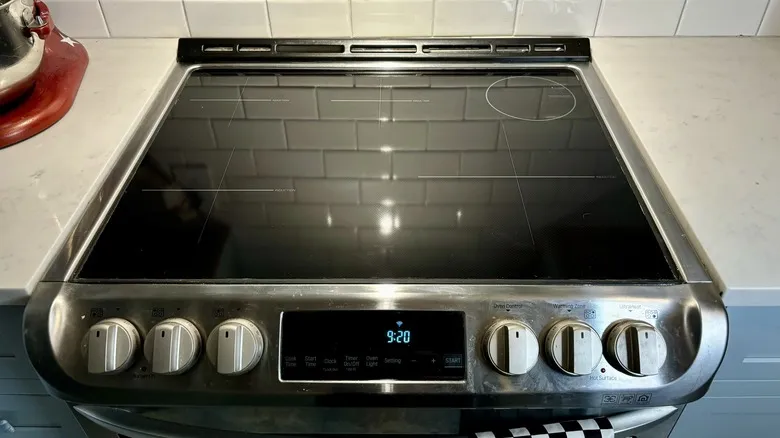
Most manufacturers suggest performing a thorough cleaning once a week. While this may seem excessive, with consistent maintenance, you'll find that there is minimal build-up to tackle, making the cleaning process much quicker. Neglecting to clean your glass stove top regularly can lead to the accumulation of layers of residue.
Furthermore, for ongoing upkeep, be sure to brush off any loose food particles after each use, once the stove has cooled down. This practice will help maintain the cleanliness of your stove and reduce the time needed for future cleanings. For now, you only need to focus on cleaning the rest of the stove and oven, but that topic can be addressed another time.
Recommended
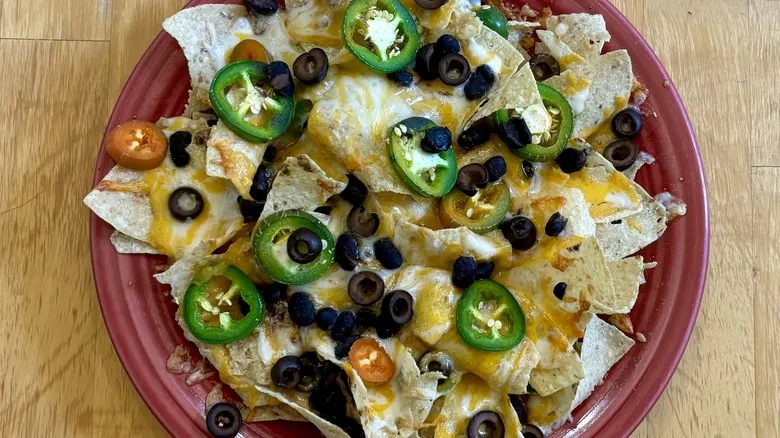
How To Make Fool-Proof Nachos For Any Game Day
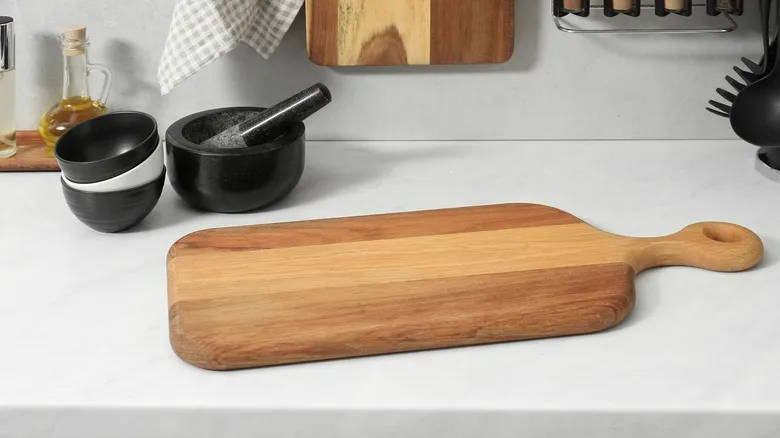
How To Clean A Wooden Cutting Board So It Doesn't Warp
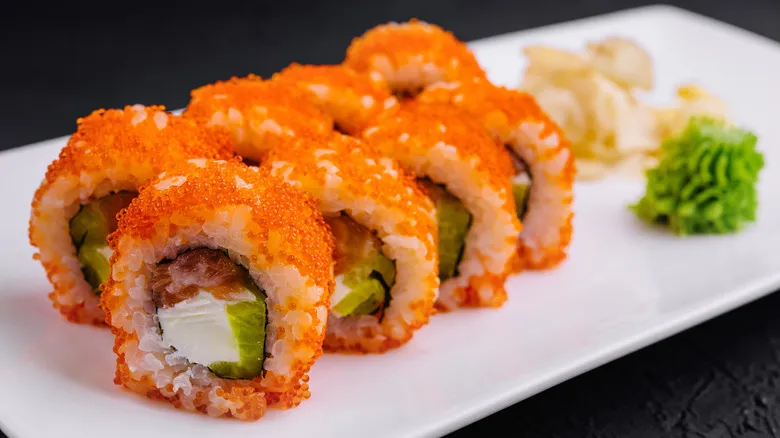
What Is Masago And How Do You Eat It?
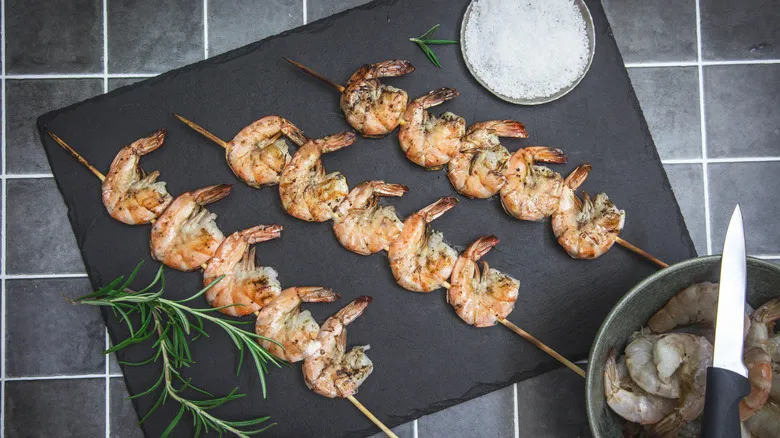
How To Grill Shrimp Perfectly Every Time
Next up

